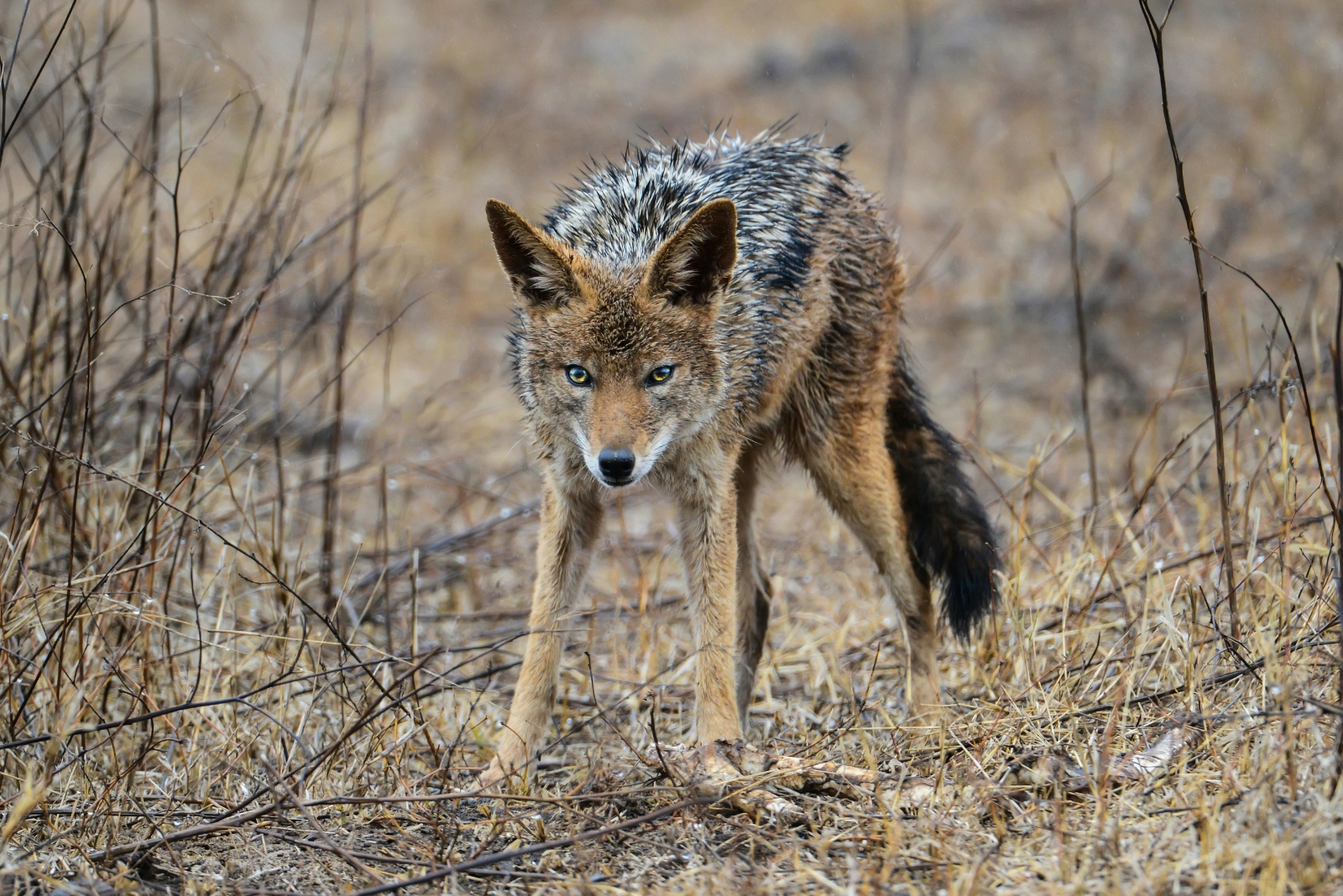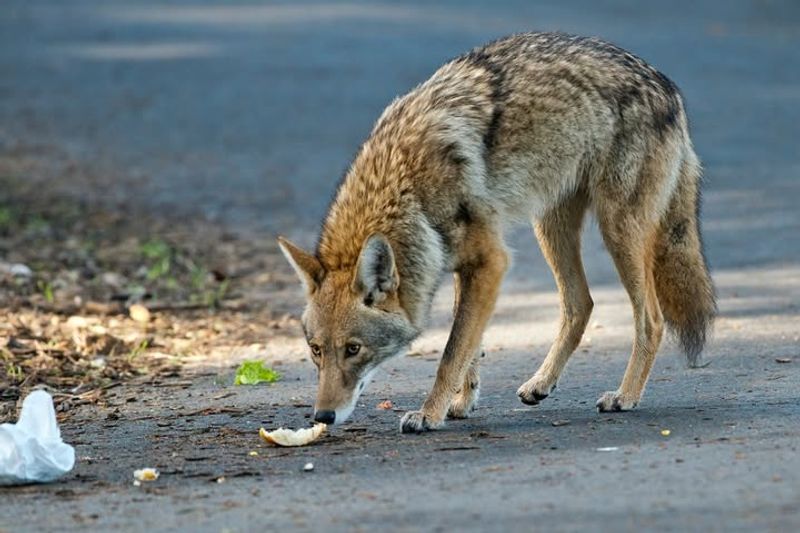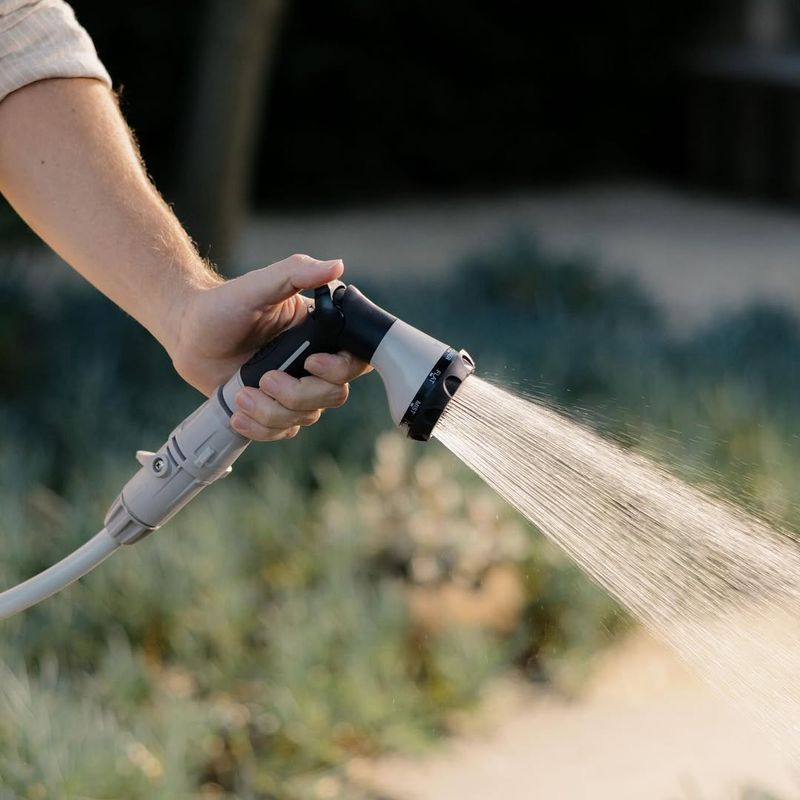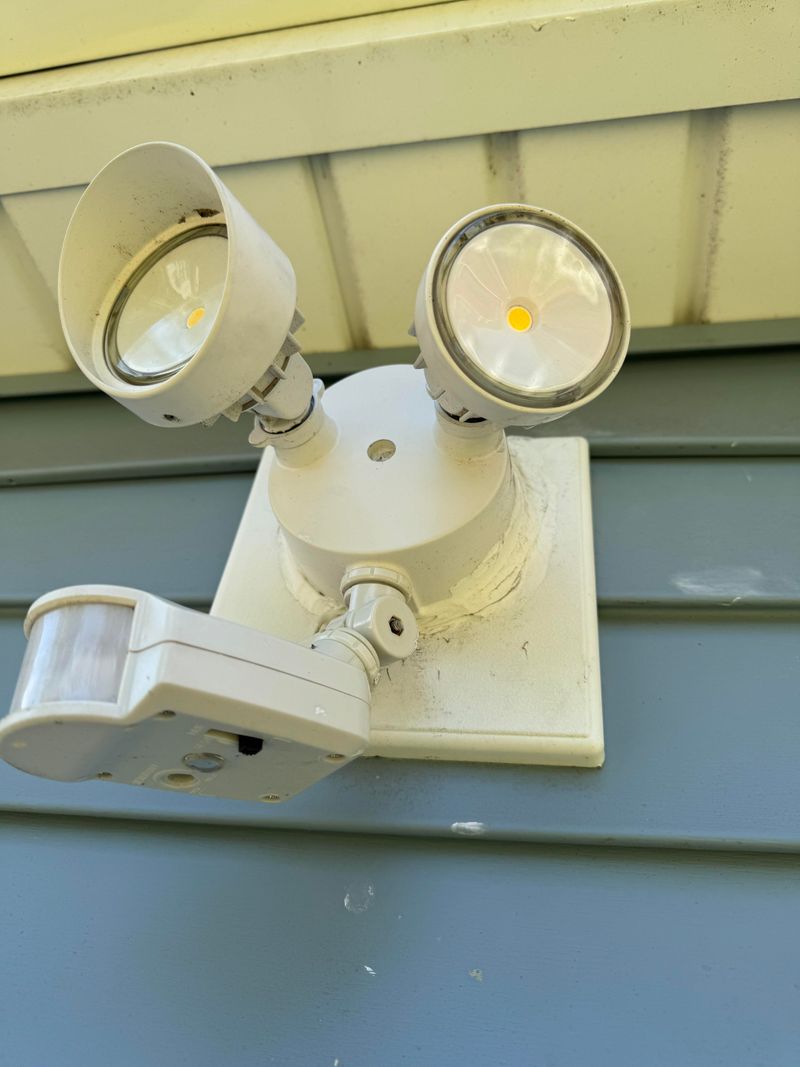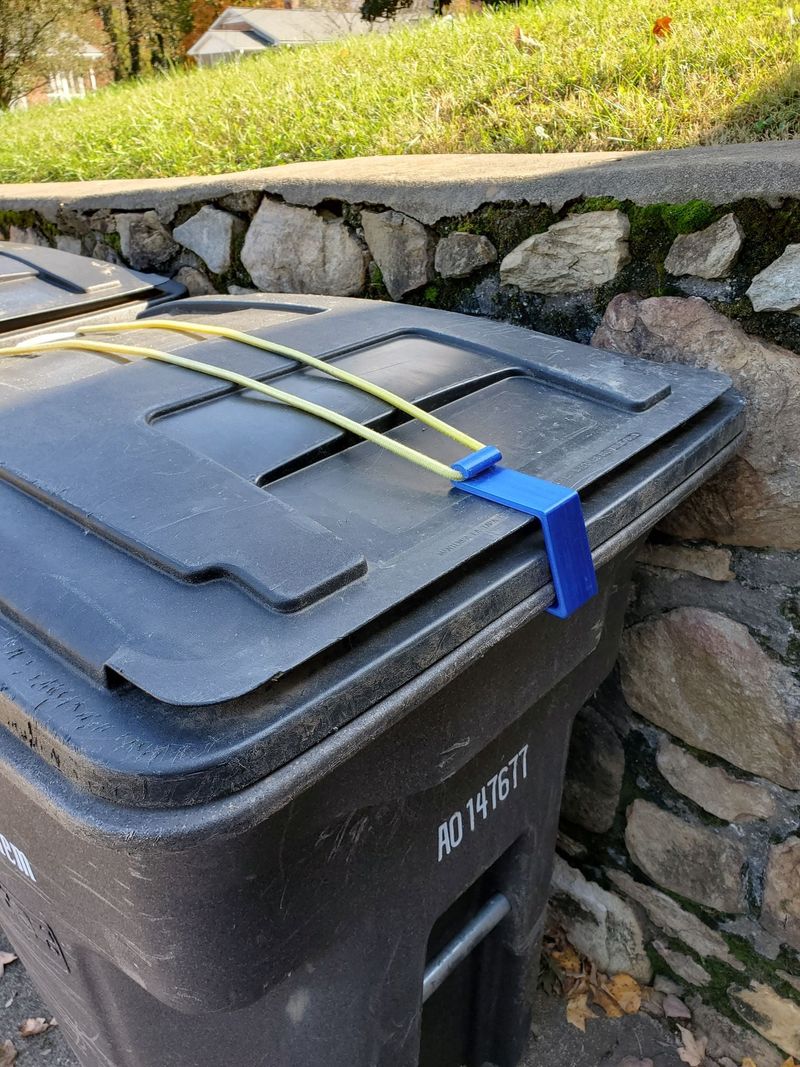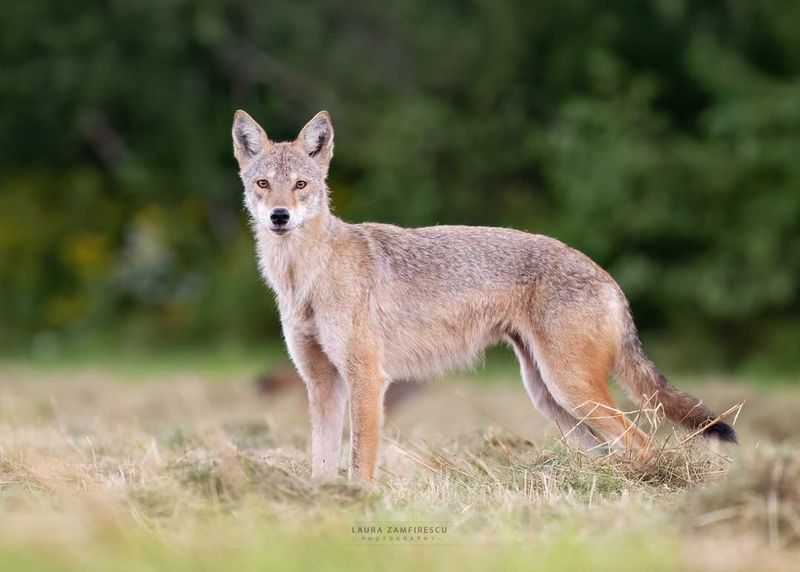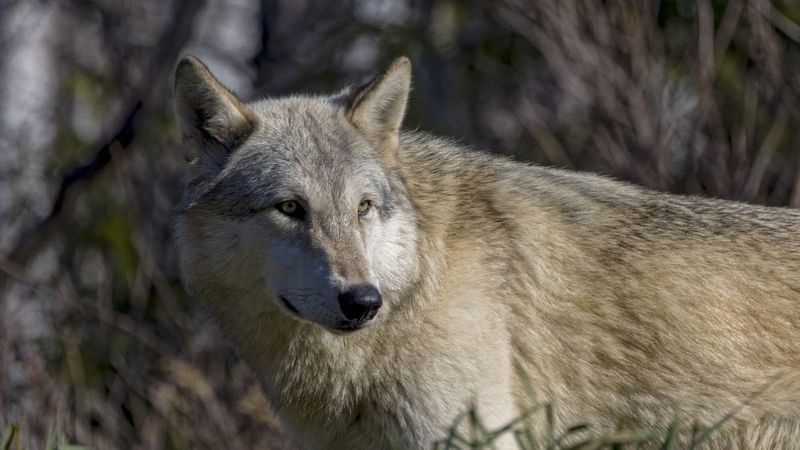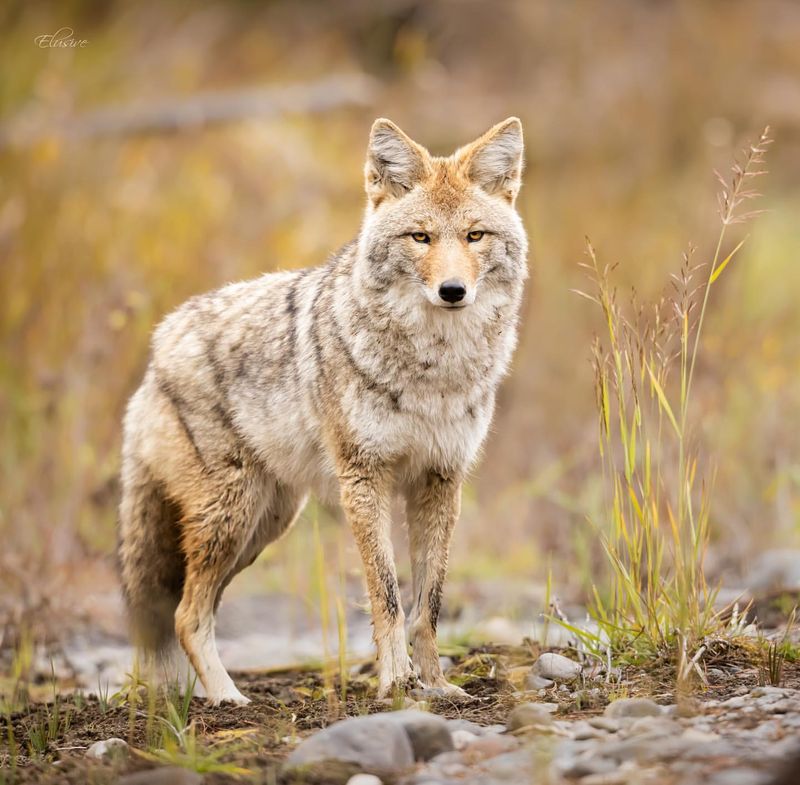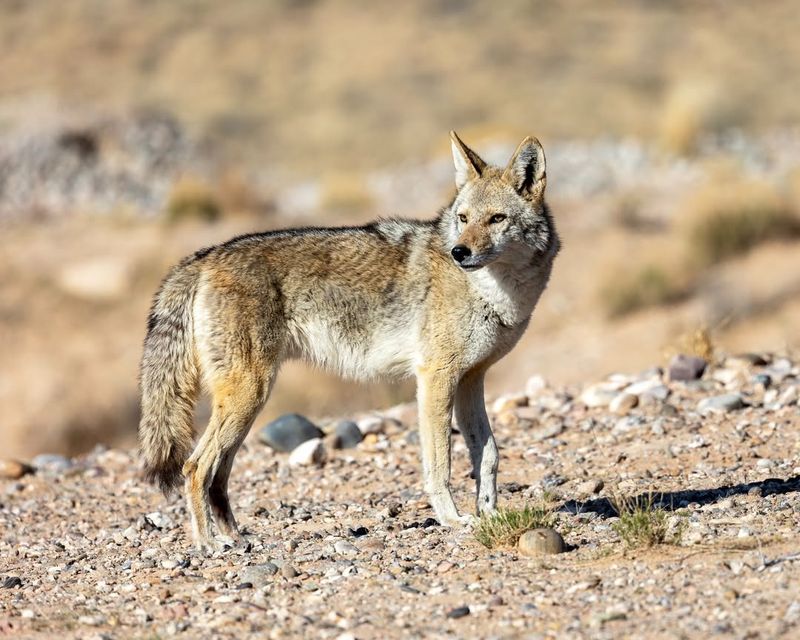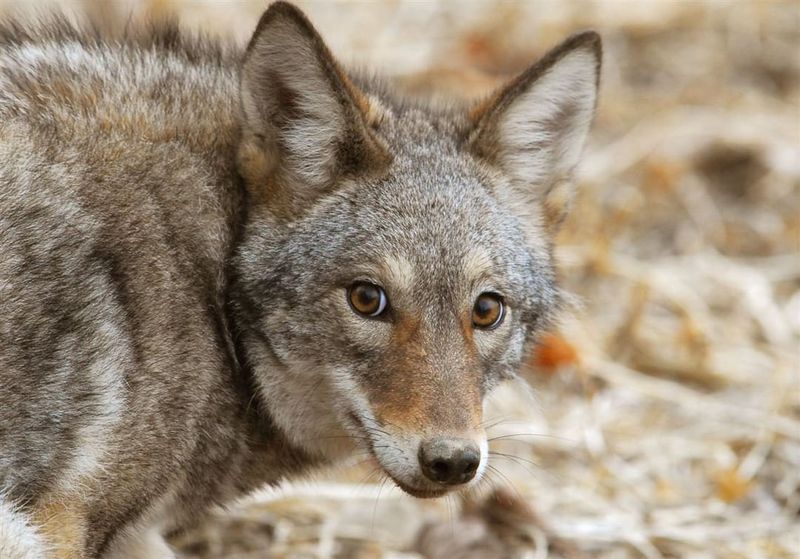Coyotes now roam suburbs and small towns across Pennsylvania, sometimes stepping right into backyards. A calm, informed response can prevent conflict and keep everyone safe.
The right steps can encourage a coyote to move on without harm, while the wrong ones can create danger fast. This guide lays out clear actions to take—and critical mistakes to avoid—when a coyote appears where you live.
1. Make Yourself Look Big And Intimidating
When a coyote appears in your Pennsylvania yard, stand tall and raise your arms high above your head. You want to appear as large and threatening as possible to discourage the animal from coming closer.
Wave your jacket or shirt if you have one handy. Spreading out makes you look more imposing to wildlife.
Most coyotes will back away when they see a human acting confident and big. Never crouch down or make yourself smaller, as this might make the coyote think you’re prey or weak.
2. Use Loud Noises To Scare It Away
Yelling, clapping your hands, or banging pots together creates sudden noise that frightens coyotes. They prefer quiet environments and hate unexpected loud sounds that signal danger.
Shout phrases like “Go away!” in a firm, deep voice. Blow a whistle if you carry one during walks.
Consistent noise-making shows the coyote that humans are not afraid and will defend their space. Keep making noise until the animal leaves your Pennsylvania property completely and disappears from sight.
3. Throw Objects Near The Coyote
Tossing small rocks, sticks, or even tennis balls in the coyote’s direction reinforces that your yard is not a safe space for it. Aim near the animal, not directly at it, to avoid injury but still create discomfort.
Did you know? Coyotes learn quickly from negative experiences and will avoid places where they feel unwelcome.
Keep several objects within reach when you’re outside, especially during dawn or dusk when coyotes are most active in Pennsylvania neighborhoods.
4. Back Away Slowly While Facing The Animal
Moving backward while keeping your eyes on the coyote prevents it from seeing you as prey. Turning your back triggers a chase instinct in many predators, including coyotes.
Take slow, deliberate steps and avoid sudden movements. Stay calm even though your heart might be racing.
Continue facing the animal until you reach a safe building, car, or enclosed area. Once you’re behind a door or inside a vehicle, the immediate danger passes and you can relax.
5. Spray Water from A Hose
A strong stream of water from your Pennsylvania garden hose works brilliantly to discourage coyotes without causing harm. Most wild animals dislike getting wet and will retreat quickly when sprayed.
Keep your hose easily accessible near your back door during warmer months. Water is safe, effective, and non-lethal.
Aim the spray directly at the coyote’s face and body. Repeat this technique whenever the animal returns, and it will eventually learn your yard means an unpleasant soaking.
6. Bring Pets Inside Immediately
Coyotes view small dogs and cats as potential prey or competition for territory. Grab your pet right away and get them indoors where they’re protected from attack.
Never leave pets unattended outside, especially during early morning or evening hours. Use a leash even in fenced yards.
Installing motion-sensor lights around your Pennsylvania property helps you spot coyotes before your pets do. Quick action prevents tragic encounters that happen faster than you’d expect in suburban areas.
7. Install Motion-Activated Lights And Alarms
Bright lights that turn on automatically startle coyotes and make them feel exposed and vulnerable. These animals prefer darkness and shadows for hunting and traveling through Pennsylvania neighborhoods.
Pair lights with motion-activated alarms or sprinklers for double protection. Technology works even when you’re sleeping or away from home.
Position sensors around garbage areas, sheds, and yard perimeters where coyotes commonly enter. Consistent deterrents teach wildlife that your property isn’t worth the risk or effort.
8. Secure Trash Cans And Remove Food Sources
Coyotes scavenge for easy meals, and your garbage or pet food bowls are like restaurant buffets to them. Lock trash bins with bungee cords or store them in garages until collection day.
Take down bird feeders temporarily since spilled seeds attract rodents, which then attract coyotes. Clean up fallen fruit from trees too.
Eliminating food sources makes your Pennsylvania yard boring to wildlife. When coyotes find nothing to eat repeatedly, they stop visiting and move on to easier hunting grounds.
9. Keep A Safe Distance At All Times
Staying at least 50 feet away from any coyote protects you from bites or aggressive behavior. Wild animals feel threatened when humans get too close, even if they seem calm.
Use binoculars or your phone’s zoom camera if you want a closer look. Curiosity isn’t worth a potential attack.
Teach children to recognize coyotes from far away and never approach them. Respecting wildlife boundaries keeps everyone safer and reduces dangerous encounters that could require medical attention or wildlife control intervention.
10. Report Repeated Sightings To Wildlife Officials
Contacting the Pennsylvania Game Commission helps officials track coyote movements and identify problem animals. They can offer specific advice for your neighborhood and situation.
Keep a log of when and where you spot coyotes. Patterns help wildlife experts determine if intervention is necessary.
Authorities might recommend community education programs or hazing techniques. Working together with neighbors and officials creates a coordinated response that’s more effective than individual efforts alone in managing local wildlife populations.
11. Never Run Away From A Coyote
Running triggers a coyote’s natural chase instinct, just like it does with domestic dogs. When you bolt, the animal sees you as fleeing prey worth pursuing.
Your legs can’t outrun a coyote anyway since they reach speeds of 40 miles per hour. Attempting to flee puts you at greater risk of being bitten.
Stand your ground instead, make noise, and back away slowly. Confidence and assertiveness work far better than panic when dealing with wildlife encounters in your Pennsylvania yard.
12. Do Not Feed Or Try To Befriend It
Feeding coyotes destroys their natural fear of humans and creates dangerous situations for entire neighborhoods. Once they associate people with food, they become bolder and more aggressive.
Some folks think tossing scraps is harmless or even kind. Actually, it’s illegal in Pennsylvania and puts everyone at risk.
Wild animals belong in the wild, not dependent on handouts. Habituated coyotes often must be euthanized because they lose survival skills and pose threats to pets and children.
13. Avoid Leaving Small Children Unattended Outside
Young children playing alone outdoors can attract curious or aggressive coyotes, especially if the kids are small and making noise. Supervision is absolutely essential in Pennsylvania areas where coyotes live.
Attacks on humans are rare but usually involve unsupervised kids. Your presence deters wildlife from approaching.
Always accompany children during outdoor playtime, particularly during dawn, dusk, and nighttime hours. Keeping kids within arm’s reach and maintaining awareness of surroundings prevents heartbreaking incidents that happen in seconds.

